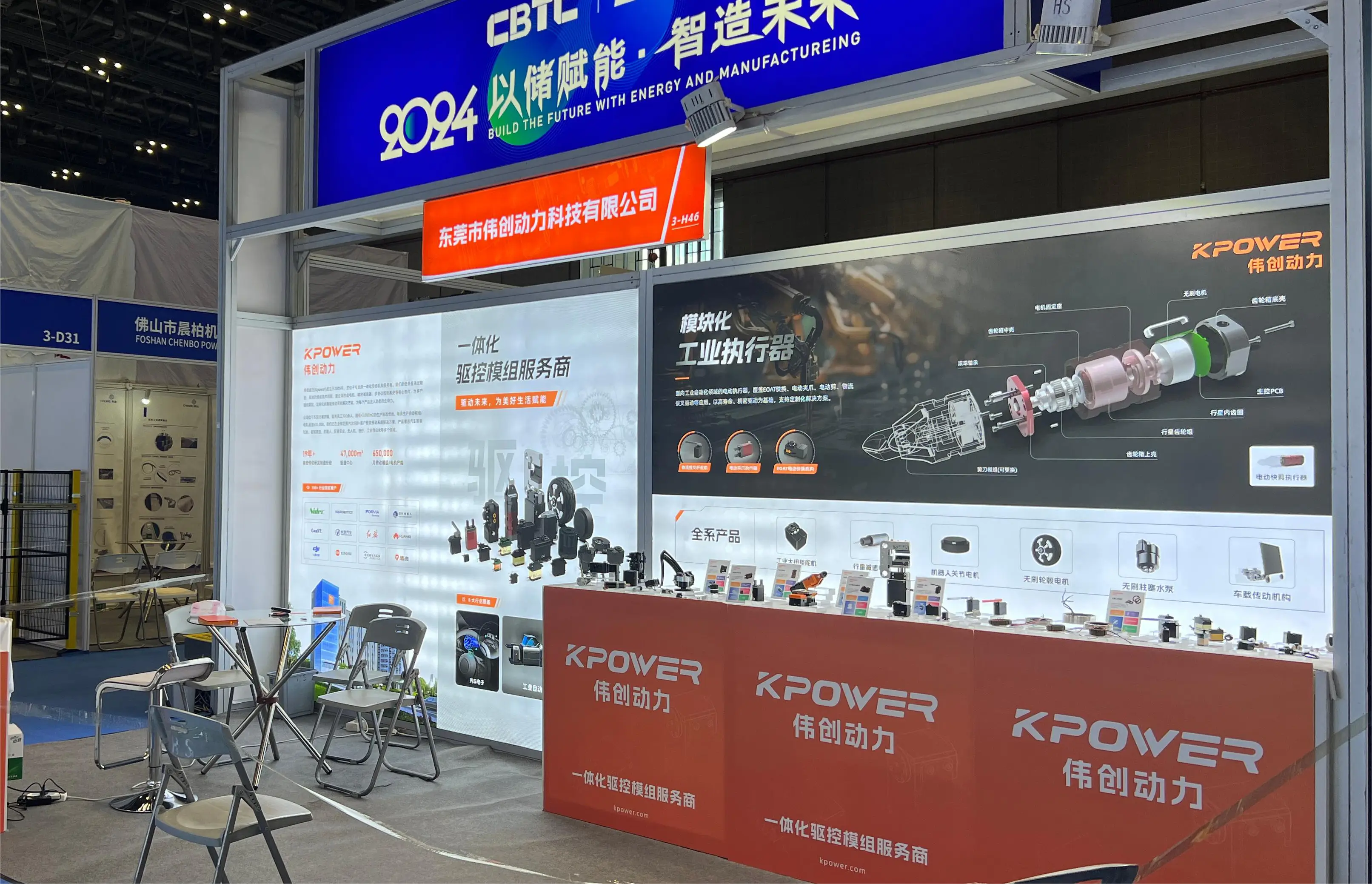Unlocking Power and Precision: The Magic of 12 Volt DC Gearbox Motors
In an era where automation and robotics are revolutionizing industries and everyday life, the humble motor plays a starring role. Among the wide array of motor options, the 12 volt DC gearbox motor stands out as a versatile, reliable, and efficient component that brings together power and precision like no other. Whether you’re building a robot, automating a small machine, or delving into hobby projects, understanding what makes these motors essential can open up new horizons.

The Foundation: What is a 12 Volt DC Gearbox Motor? At its core, a DC gearbox motor is a direct current (DC) motor combined with a gear reduction system. The motor itself converts electrical energy into rotational motion, but without any focusing mechanism, it spins at high RPMs. The gearbox, however, reduces the output speed while simultaneously increasing torque, making the motor suitable for applications that demand controlled movement or heavy load handling.
Choosing a 12-volt power supply isn’t random—this voltage is a sweet spot for many portable and low-voltage applications. It’s power that strikes a balance between sufficient torque and manageable power consumption, making these motors exceptionally popular in robotics, hobbyist projects, and small automation devices.
Key Features and Characteristics
Voltage and Power Compatibility: 12 volts is a standard power level that can easily be supplied by batteries, power adapters, or vehicle electrical systems. Most 12V DC gearbox motors are designed for smooth operation within this voltage range, ensuring compatibility with common power sources.
Gear Ratios and Variability: Gearboxes come in various reduction ratios, such as 10:1, 30:1, 100:1, and even higher. The ratio determines how much the motor's rotation speed slows and how much torque is multiplied. For example, a 30:1 ratio means that for each 30 rotations of the motor, the output shaft turns once, but with considerably more force.
Durability and Build Quality: Good 12V DC gearbox motors often feature robust construction—metal gears, sealed motors to prevent dust and moisture ingress, and high-quality bearings—to ensure longevity and reliable performance, even under demanding conditions.
Size and Form Factor: These motors come in various sizes—from tiny micro motors perfect for compact robotics to larger units suitable for heavy-duty tasks. The compact design makes them ideal for integration into tight spaces.
The Role of the Gearbox: Power Meets Precision The gearbox is not just a gear train but the soul of the motor's adaptability. It converts the high-speed, low-torque output of the motor into slow, high-torque output suitable for pushing or pulling loads. This combination offers several advantages:
Enhanced Control: The slowed output can be precisely managed using electronic controllers, allowing for delicate maneuvers or accurate positioning. Increased Torque: Gear reduction boosts output torque significantly—crucial in robotic arms, conveyor systems, or wheel drives. Efficiency and Energy Saving: Properly geared motors operate more efficiently with less energy wastage, extending battery life in portable devices.
Applications: A Spectrum of Possibilities The versatility of 12V DC gearbox motors lends itself to a diverse spectrum of applications:
Robotics: From mobile robots and robotic arms to drone actuators, these motors enable precise control and high torque to navigate complex environments. Automated Vehicles: Electric scooters, remote-controlled cars, and automated guided vehicles (AGVs) rely heavily on these motors for smooth operation. Home Automation: Automated curtains, smart locks, and adjustable furniture often integrate these motors for silent, efficient movement. DIY Projects and Education: Learning about gears, motor control, and electronics is made accessible through these motors, fostering innovation in classrooms and workshops.
Choosing the Right Motor for Your Needs When selecting a 12V DC gearbox motor, consider these factors:
Torque Requirements: How much weight or resistance does your application entail? Speed Needs: Is high speed essential, or do you need slow, controlled movement? Size Constraints: Does space limit your motor size? Power Supply Compatibility: Will your power source sustain the motor's energy demands? Environmental Conditions: Will the motor operate outdoors or in dusty, moist environments?
Matching these parameters ensures optimal operation and longevity, saving time and resources.
The Future of 12 Volt DC Gearbox Motors Technological advances continue to enhance these motors—integrating smart features such as built-in encoders for feedback, wireless control capabilities, and higher efficiency gear sets. Innovations aimed at reducing size while increasing power and durability are opening new gateways for automation and robotics.
In summary, 12 volt DC gearbox motors are the workhorses of modern mechanical and electronic systems. Their blend of power, adaptability, and simplicity makes them indispensable, whether in the latest robot prototypes or in educational kits inspiring future engineers. As demand for automation grows, these motors are poised to remain central figures in the story of technological progress.
Leveraging innovations in modular drive technology, Kpower integrates high-performance motors, precision reducers, and multi-protocol control systems to provide efficient and customized smart drive system solutions.




































